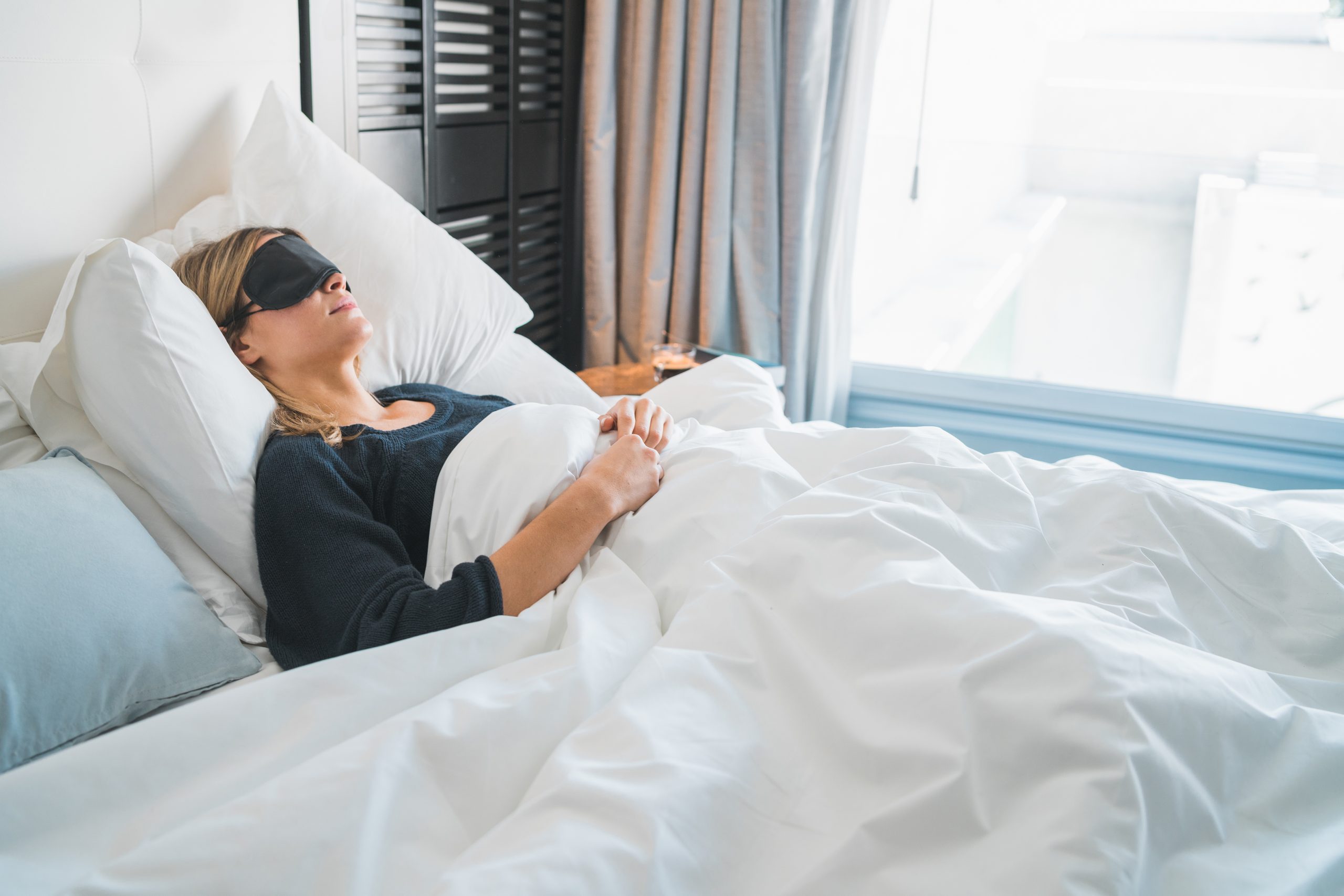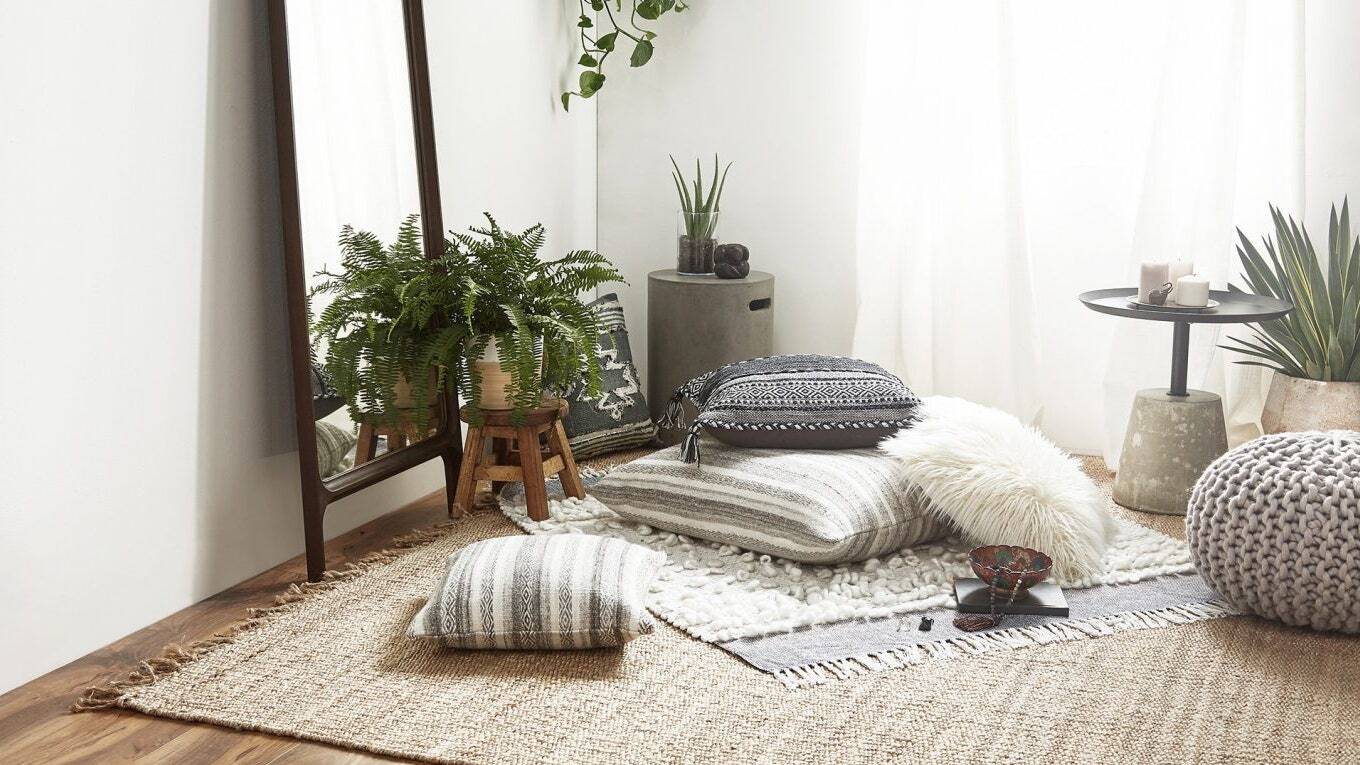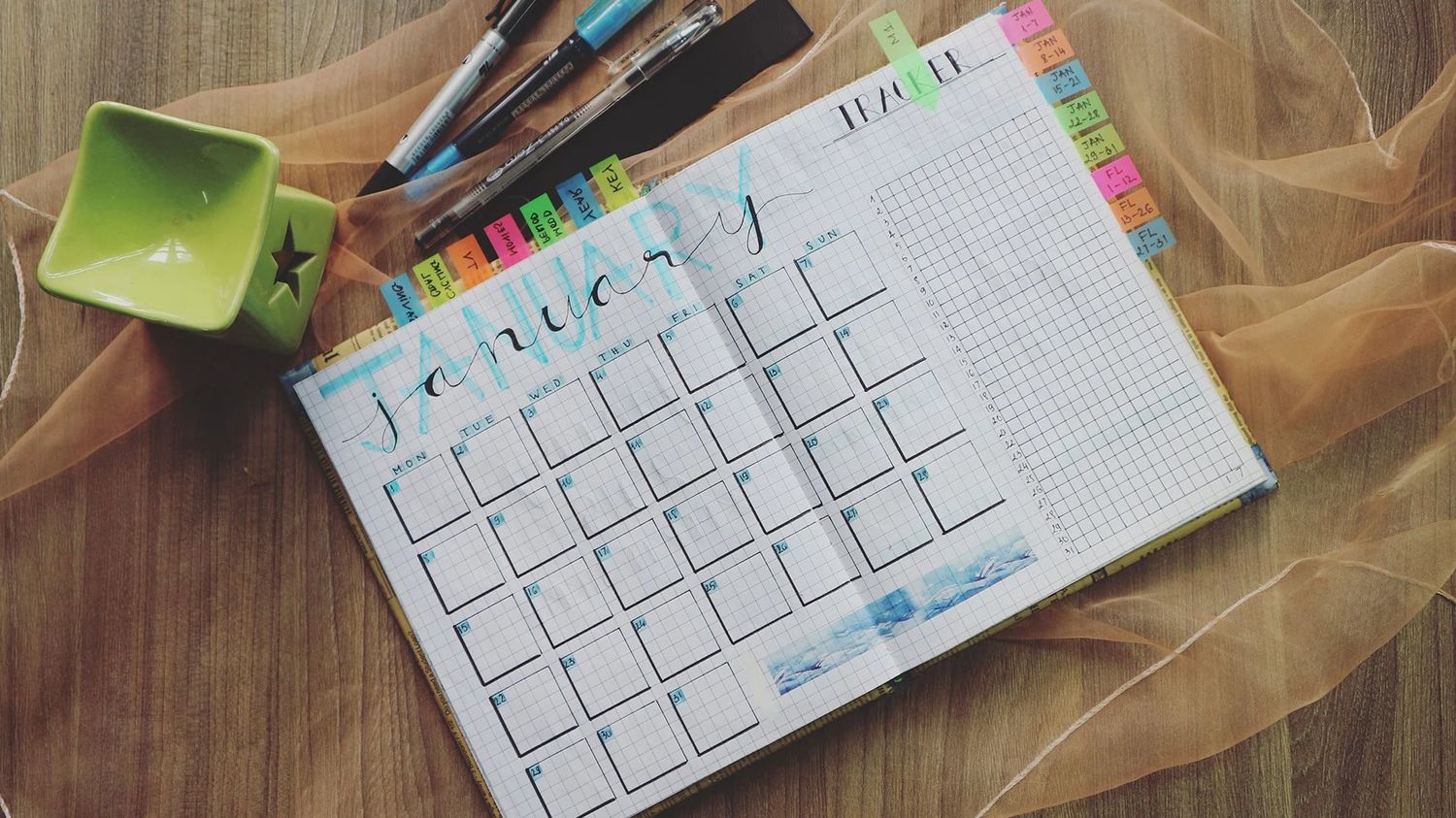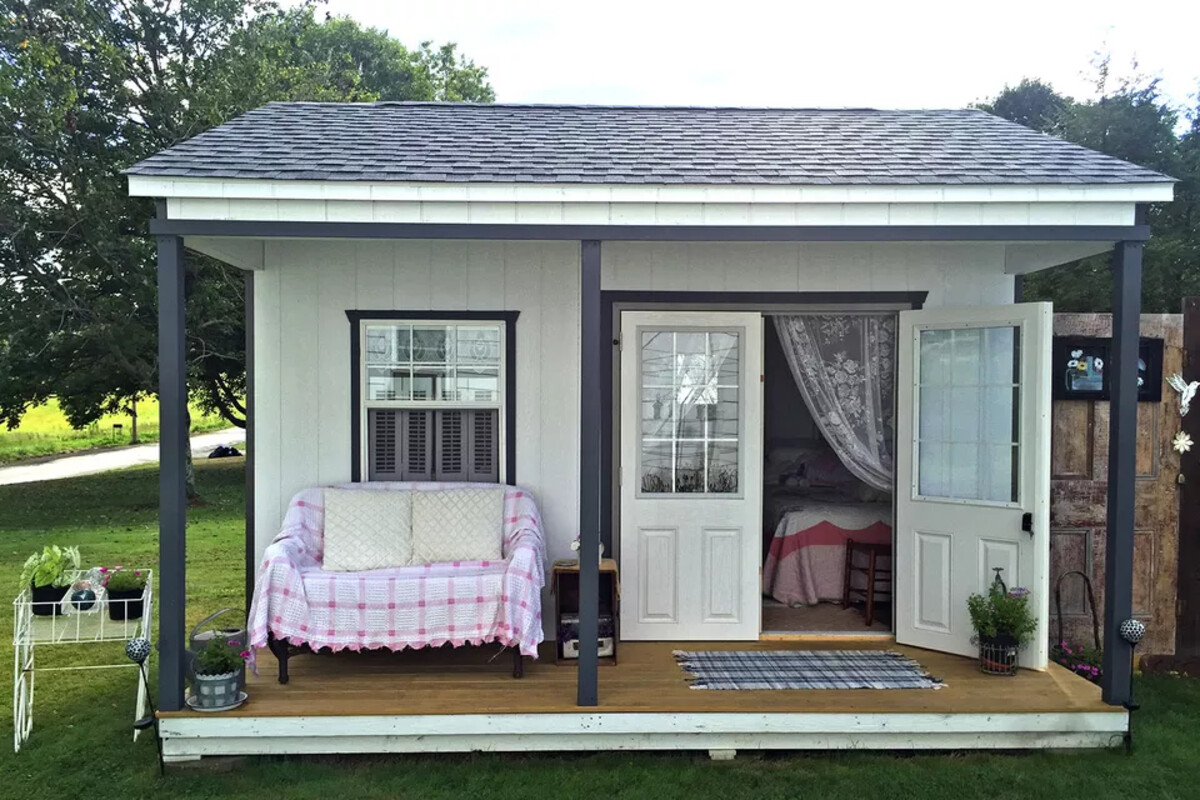Home>Ideas and Tips>How To Create A Relaxing Bedtime Routine


Ideas and Tips
How To Create A Relaxing Bedtime Routine
Published: November 4, 2024
Discover how to create a relaxing bedtime routine to improve sleep quality and overall well-being with practical tips and strategies.
(Many of the links in this article redirect to a specific reviewed product. Your purchase of these products through affiliate links helps to generate commission for Storables.com, at no extra cost. Learn more)
Creating a relaxing bedtime routine is one of the most effective ways to improve the quality and quantity of your sleep. A consistent and calming pre-sleep routine can signal to your body that it's time to wind down, reducing stress and promoting a serene sleep environment. In this article, we will explore the various activities and strategies you can incorporate into your bedtime routine to enhance your overall mental and physical health.
The Importance of a Bedtime Routine
A bedtime routine is not just about getting ready for bed; it's about creating a deliberate transition from the active, stimulating world to a restful, rejuvenating sleep experience. This deliberate preparation helps regulate your body's internal clock, promoting a healthy sleep-wake cycle. By establishing a set bedtime and adhering to it, even on weekends, you can condition your body to know when it's time to rest and wake up feeling refreshed.
Read more: How To Create A Relaxing Evening Routine
Regularizing Your Sleep Schedule
One of the most critical aspects of creating a relaxing bedtime routine is regularizing your sleep schedule. This means going to bed and waking up at the same time every day, including weekends. This practice helps regulate your body's internal clock, making it easier to fall asleep and wake up feeling refreshed. Consistency is key here; even small deviations from this routine can disrupt your sleep patterns and make it harder to fall asleep.
Creating a Serene and Tidy Bedroom Environment
Your bedroom environment plays a significant role in ensuring a good night's sleep. Here are some tips to make your sleep space a haven:
- Darkness: Use an eye mask or blackout curtains to keep the room dark. Darkness helps boost melatonin production, which is essential for inducing sleep.
- Cool Temperature: Keep the temperature on the cooler side for optimal comfort. A cooler room can improve sleep quality.
- Noise Reduction: Minimize noise disruptions or use white noise if your surroundings are lively. White noise machines or apps can help mask any background noise.
- Avoid Bright Lights: Avoid bright lights before bedtime as they might interfere with sleep. Instead, use soft, dim lighting that promotes relaxation.
Avoiding Electronic Devices
Electronic devices can significantly mess with your sleep quality. The blue light emitted by screens can interfere with melatonin production, leading to increased mental stimulation. Here are some tips to avoid electronic devices before bedtime:
- Screen-Free Time: Set a rule to avoid screens at least an hour before bedtime. Instead, indulge in activities that don't involve screens.
- Screen-Free Bedroom: Ensure that your bedroom is free from electronic devices. This includes TVs, smartphones, tablets, and laptops.
Relaxation Techniques
Wind down with relaxation techniques for better sleep. These methods help calm the mind and signal to your body that it's time to relax:
- Deep Breathing: Practice deep breathing exercises to calm your mind and slow down your heart rate.
- Progressive Muscle Relaxation: This technique involves tensing and relaxing different muscle groups in your body.
- Guided Imagery: Listen to guided imagery recordings that help you visualize peaceful scenes, further relaxing your mind.
Engaging Activities
Incorporate activities into your bedtime routine that promote relaxation and sleep:
-
Reading a Book:
- Choose calming, non-stimulating content. Reading a book can signal to your brain that it's time to unwind.
- Avoid reading anything too exciting or stimulating, as this could keep you awake.
-
Light Exercises:
- Include light exercises like stretching in your bedtime routine to promote relaxation and sleep.
- Gentle yoga or meditation can also be beneficial.
-
Journaling:
- Write in a journal or practice gratitude. Reflecting on your day and expressing gratitude can help clear your mind.
-
Fragrances:
- Use soothing scents like lavender or jasmine through diffusers, candles, or essential oils. These fragrances have an ultimate calming effect.
-
Comfortable Bedding:
- Invest in comfortable bedding and sleepwear to regulate body temperature.
- High-quality bedding contributes to physical comfort and promotes a cozy sleep environment.
-
Avoid Heavy Meals and Caffeine:
- Avoid heavy meals close to bedtime as they can disrupt digestion and make it harder to fall asleep.
- Limit your caffeine intake before going to bed and during the day, too, as excessive caffeine can have a cascading effect on your sleep.
-
Warm Bath:
- A warm bath can help you relax and prepare for sleep. Ensure that your kids have gone to the loo for the last time before bed.
-
Foods That Aid Sleep:
- Foods like nuts, cherries, and herbal teas can aid sleep. However, avoid heavy meals and caffeine close to bedtime.
Creating a Bedtime Routine for Children
Creating a relaxing bedtime routine for children is crucial for their growth and development. Here are some tips tailored for kids:
-
Set a Consistent Bedtime:
- Decide on a set bedtime with some leeway. This helps regulate their internal clock and promotes better sleep.
-
Start the Calm-Down:
- Turn off any TVs, games, or electronic devices by a certain time (e.g., 6:30 PM).
- Use soft lights and lullabies to create a calm environment.
-
Ensure They're Fed:
- Make sure your child has recently had a good, nutritious meal or snack.
- If they are still breast or bottle fed, they should have a feed just before bed.
-
Warm Bath:
- Give them a warm bath to help them settle down for the night.
-
Bedtime Stories:
- Read them their favorite bedtime stories to signal that it's time for sleep.
- Stick to old favorites with reassuring themes to avoid exciting or scary stories.
-
Night-Light and Lullaby:
- Put on a night-light and play a lullaby to send them off to sleep.
- Kiss them goodnight and wish them pleasant dreams.
-
Consistency is Key:
- Repeat this routine consistently every evening.
- Leave the room when they’re sleepy but not asleep—this helps them fall asleep on their own.
-
Safe Sleep Guidelines:
- Follow safe sleep guidelines such as ensuring their bedroom is free from hazards and using safe sleep products like DryNites Pyjama Pants.
Dos and Don’ts of Bedtime Routines
To ensure your bedtime routine is effective, here are some dos and don’ts:
Do…
-
Have a Consistent Routine:
- Stick to the same routine each evening to create a sense of security and predictability.
-
Leave the Room When They’re Sleepy:
- This helps them fall asleep on their own without relying on you.
-
Keep It Short:
- Keep the bedtime routine fairly short to avoid overstimulating your child.
-
Repeat for Daytime Naps:
- Use a shorter version of the routine for daytime naps to maintain consistency.
-
Follow Safe Sleep Guidelines:
- Ensure that all safety measures are in place to prevent accidents during sleep.
Read more: How To Create Routines On Alexa
Don’t…
-
Allow Screens or Games in the Bedroom:
- Blue light from screens can harm sleep quality.
-
Get Them Too Excited:
- Bath time and playtime at night should be calm to avoid overstimulation.
-
Read Scary Stories at Bedtime:
- Stick to old favorites with reassuring themes to avoid exciting or scary stories.
-
Let Them Have a Lie-In at Weekends:
- This can lead to a disturbed routine at night.
-
Let Them Get Over-Tired Before Starting the Routine:
- If they’re already sleepy or have been out and slept in the car, put them straight to bed after a tooth clean.
-
Offer Snacks That Will Keep Them Awake:
- Avoid snacks with caffeine or sugar as they can keep your child awake.
Example Bedtime Routine for a 3-Year-Old Child
Here’s an example bedtime routine for a 3-year-old child:
-
Set Their Bedtime:
- Set their bedtime for 7:30 PM.
-
Turn Off Electronic Devices:
- Turn off the TV or any electronic devices by 6:30 PM.
-
Give Them a Warm Bath:
- Give them a warm bath to help them settle down for the night.
-
Help Them Brush Their Teeth and Go to the Toilet:
- Help them brush their teeth and go to the loo for the last time before bed.
-
Get Them Dressed for Bed:
- Get them dressed in comfortable pajamas like DryNites Pyjama Pants.
-
Read Them Their Favorite Bedtime Stories:
- Read them their favorite bedtime stories to signal that it’s time for sleep.
-
Put On a Night-Light:
- Put on a night-light to create a soothing environment.
-
Play a Lullaby:
- Play a lullaby to send them off to sleep.
-
Kiss Them Goodnight:
- Kiss them goodnight and wish them pleasant dreams.
Conclusion
Creating a relaxing bedtime routine is essential for improving sleep quality and overall well-being. By incorporating activities that soothe your mind and signal to your body that it’s time to wind down, you can significantly enhance your sleep experience. Whether you're an adult looking to improve your sleep or a parent seeking to help your child sleep better, these tips will guide you in establishing a consistent and calming pre-sleep routine. Remember, what works for one person may not work for another, so be optimistic and try different approaches until you find what works best for you. Always prioritize your health and seek guidance from a healthcare expert if needed. With these strategies in place, you can look forward to a restful night's sleep and wake up feeling refreshed and revitalized.
Was this page helpful?
At Storables.com, we guarantee accurate and reliable information. Our content, validated by Expert Board Contributors, is crafted following stringent Editorial Policies. We're committed to providing you with well-researched, expert-backed insights for all your informational needs.














0 thoughts on “How To Create A Relaxing Bedtime Routine”